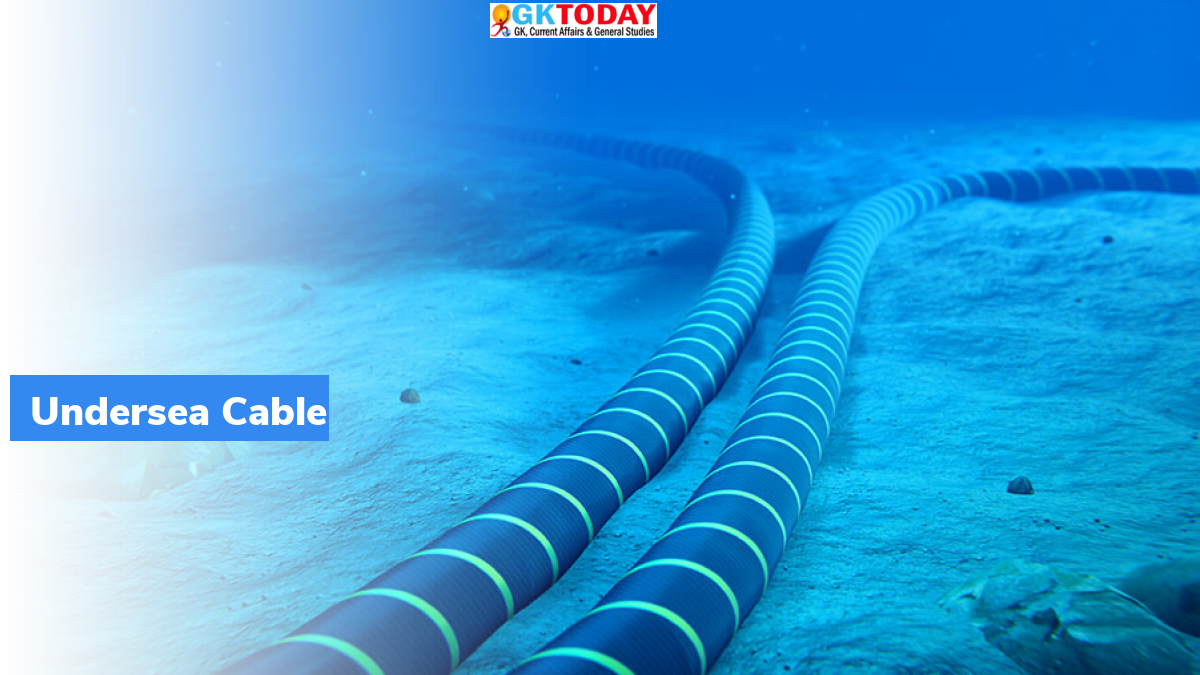US, Australia, Japan to jointly fund undersea cable in Pacific
Western Allies namely, the United States, Australia and Japan have announced to jointly fund the construction of an undersea cable in the Pacific Ocean.
Key Facts
- The undersea cable in the pacific will be used to boost internet access in three small Pacific countries, since the Western allies seek to counter increasing Chinese influence in this region.
- Allies will develop the cable for providing faster internet to Kiribati, Nauru, and the Federated States of Micronesia.
- This service will support the increased economic growth, help in improving living standards and drive development opportunities, as the region is recovering from harsh impacts of COVID-19.
- Cost of the project is not yet specified.
- In 2017, Australia have spent around 137 million Australian dollars for developing better internet access in Solomon Islands and Papua New Guinea.
Background
Development of undersea cable is the latest funding commitment of Western allies in telecommunications sector of the Pacific.
What this project was launched?
Western allies have launched this project as the US and its Indo-Pacific allies are of the views that cables laid by China might compromise regional security. Though, China has denied any intention to use commercial fibre-optic cables for spying. These fibre-optic cables have more data capacity than satellites.
What is Submarine Communications Cable?
A submarine communications cable is laid on sea bed in between land-based stations in a bid to carry telecommunication signals across ocean & sea stretches. First ever submarine communications cables were laid in 1850s to carry telegraphy traffic. It had established the first instant telecommunications ties between continents. Subsequent generations of cables carried telephone traffic, followed by data communications traffic. Modern cables use optical fibre technology in a bid to carry digital data, including internet, telephone and private data traffic.
Month: Current Affairs - December, 2021


